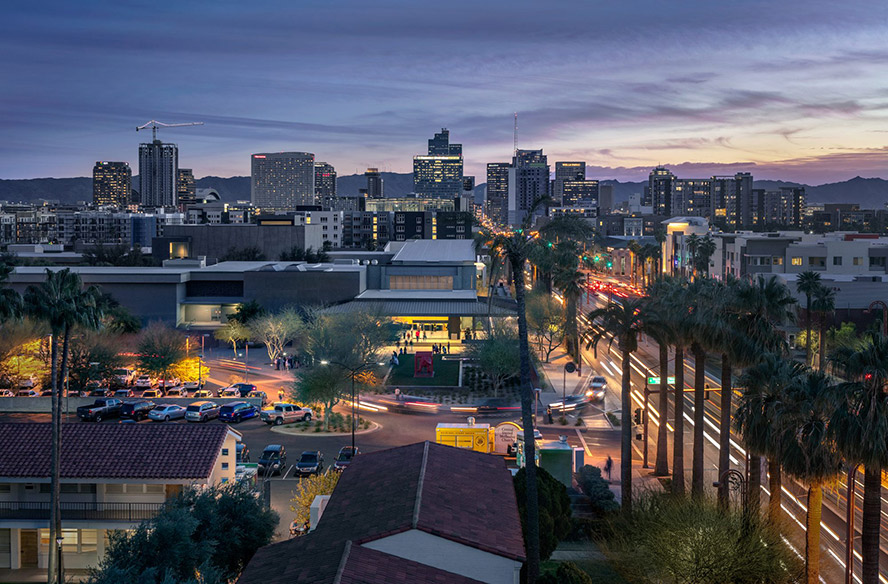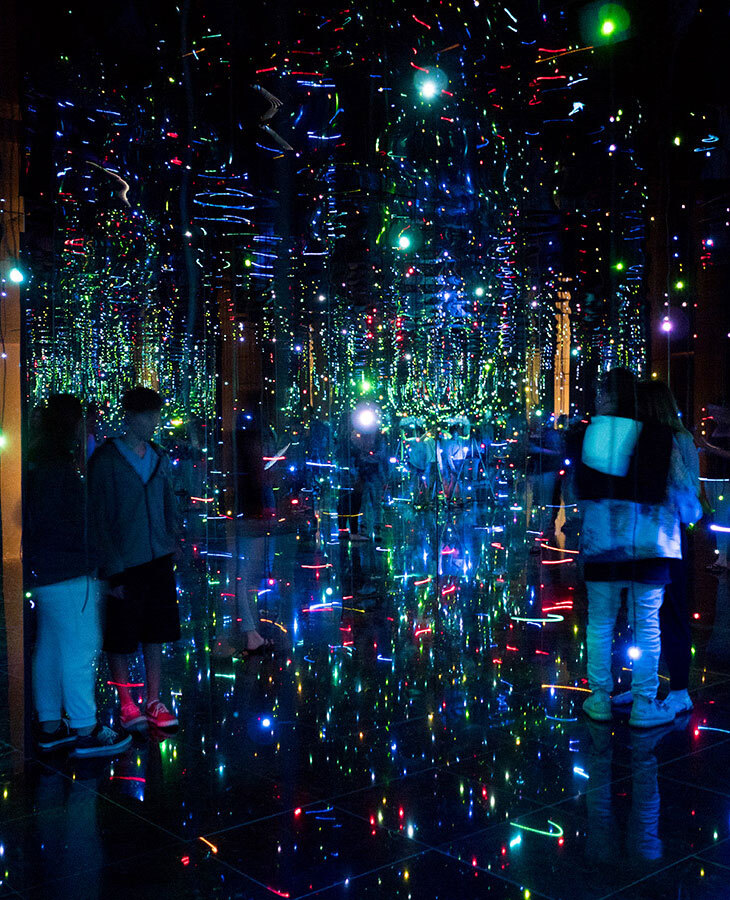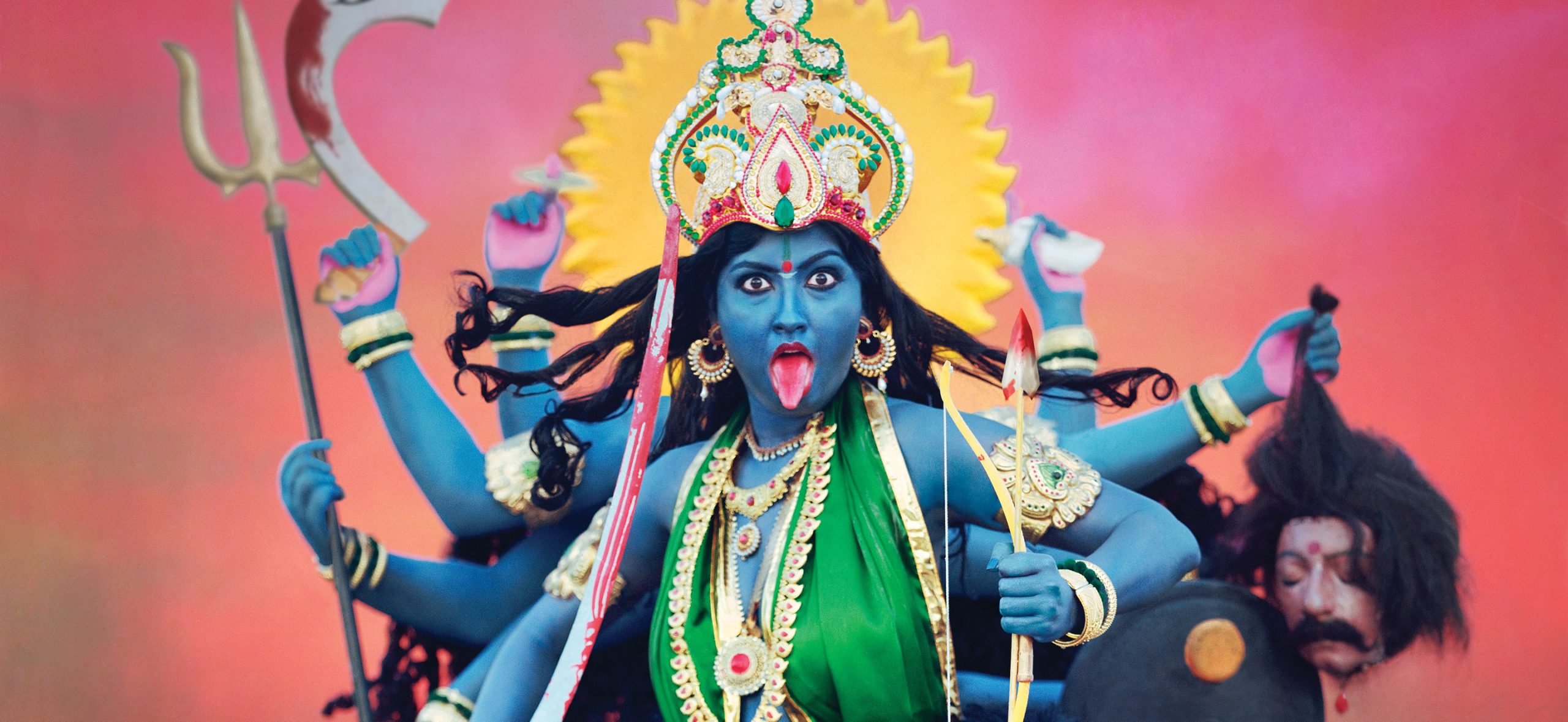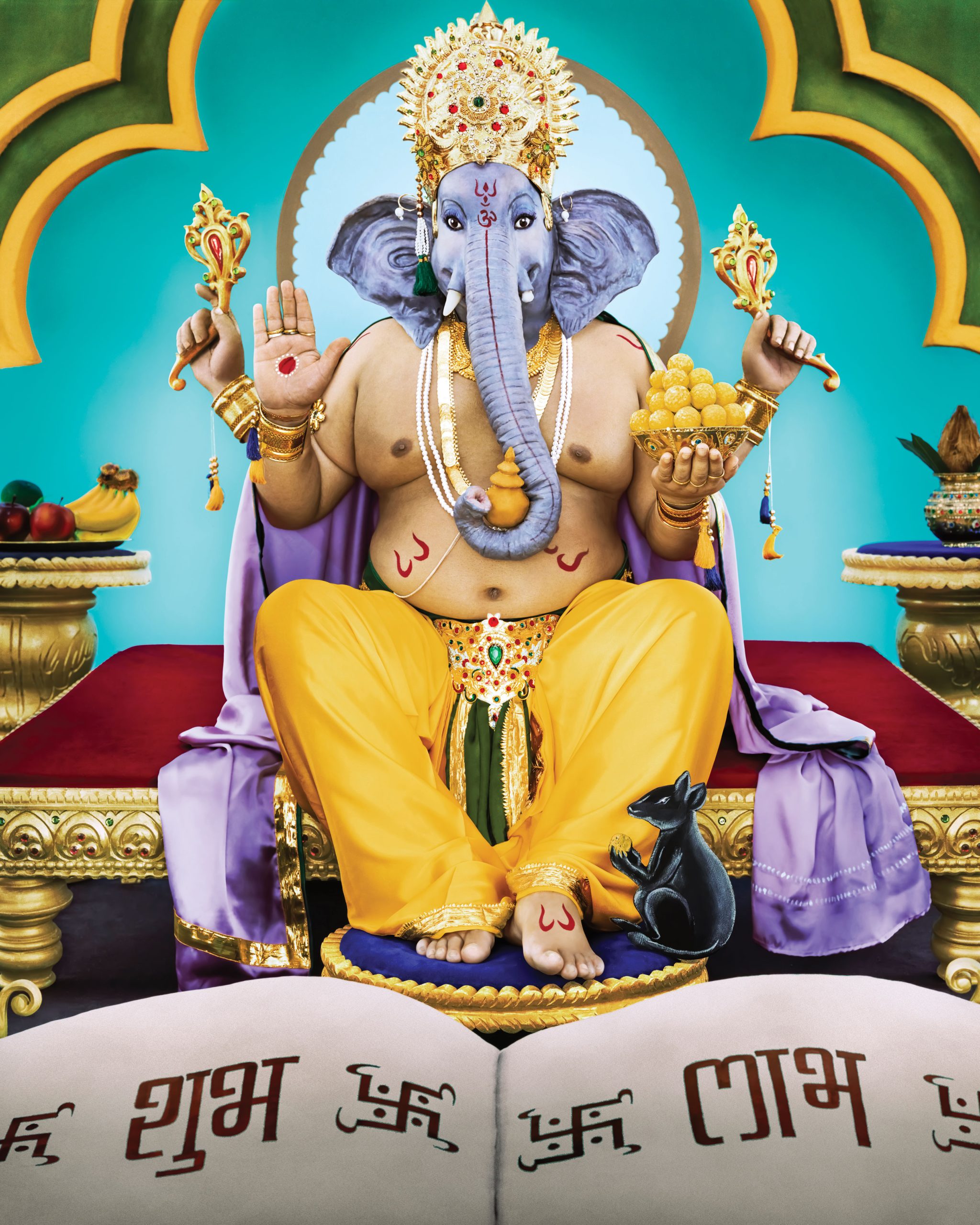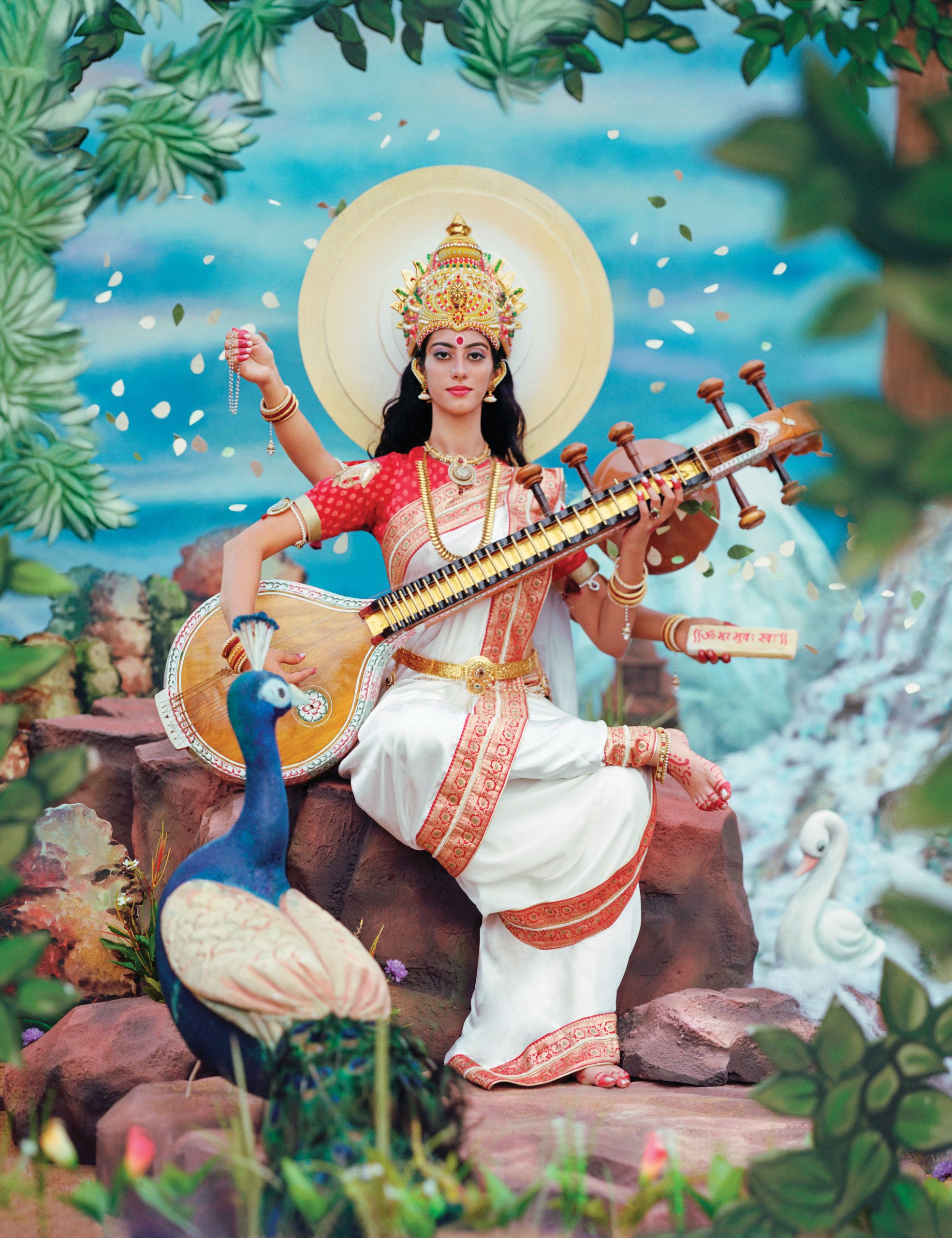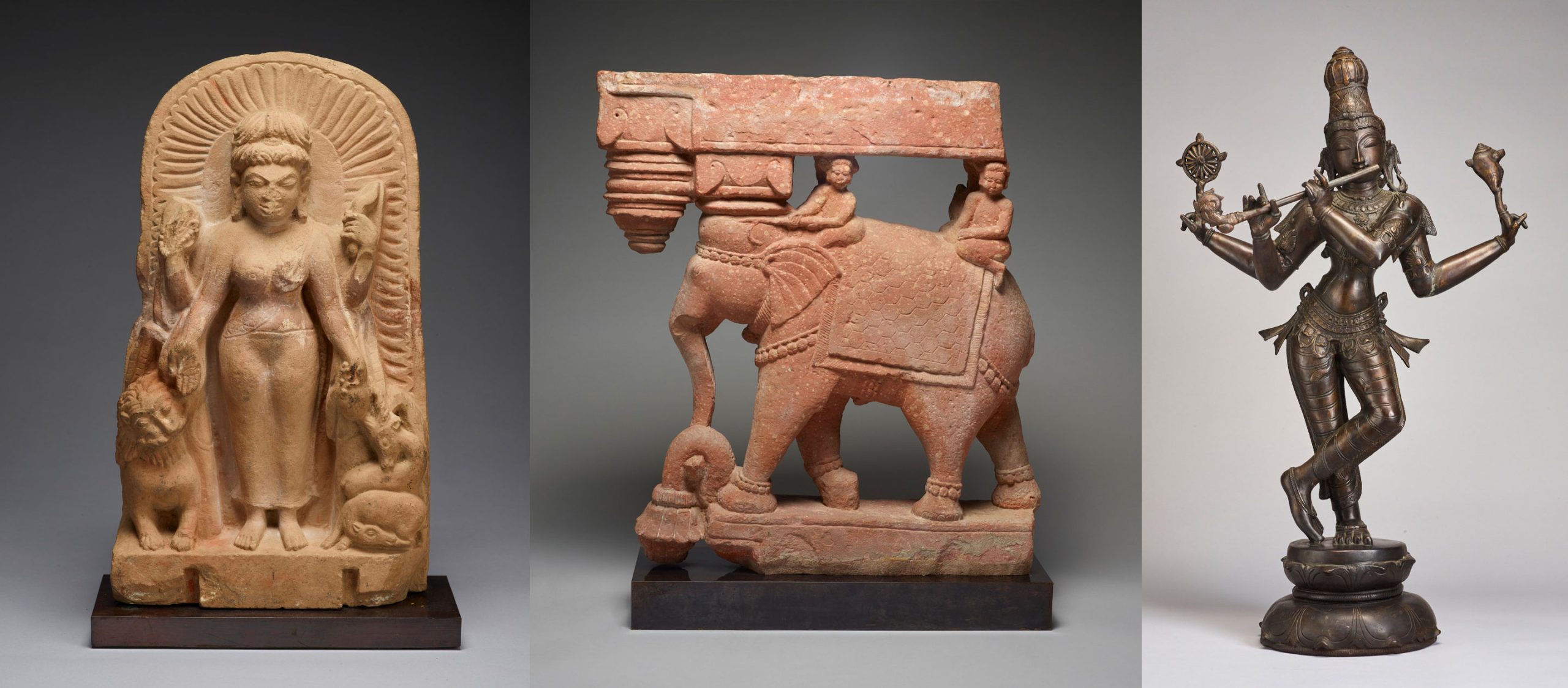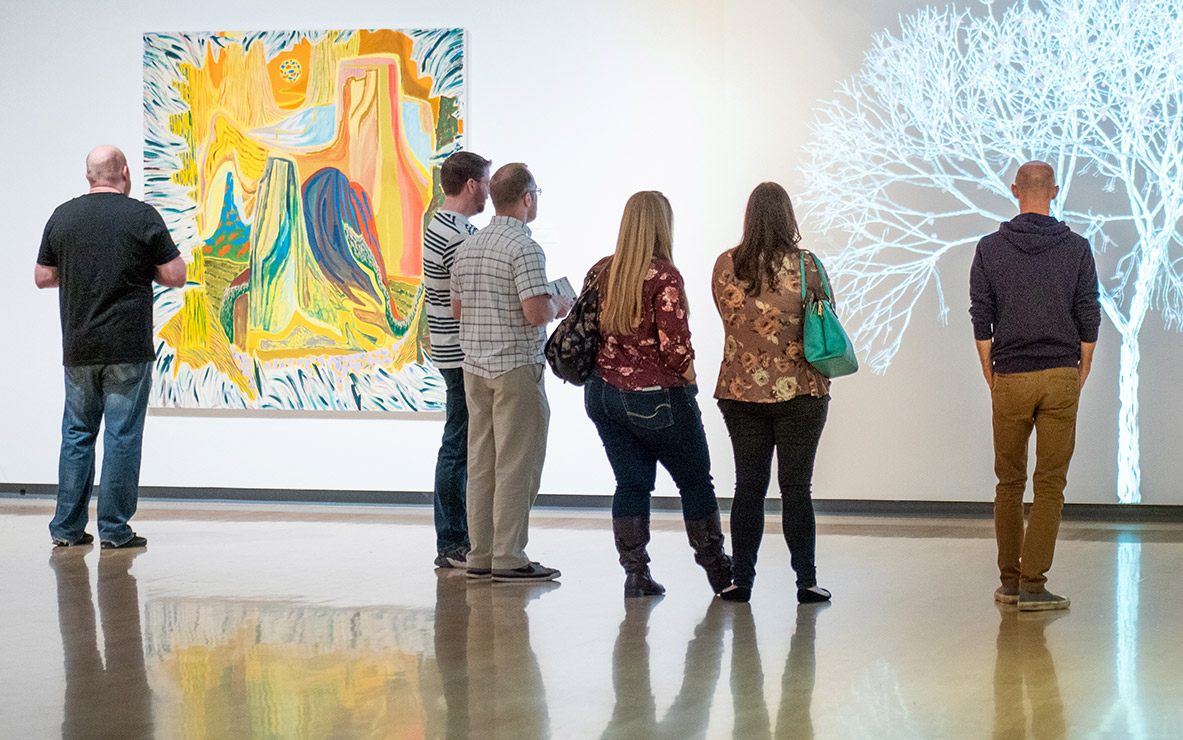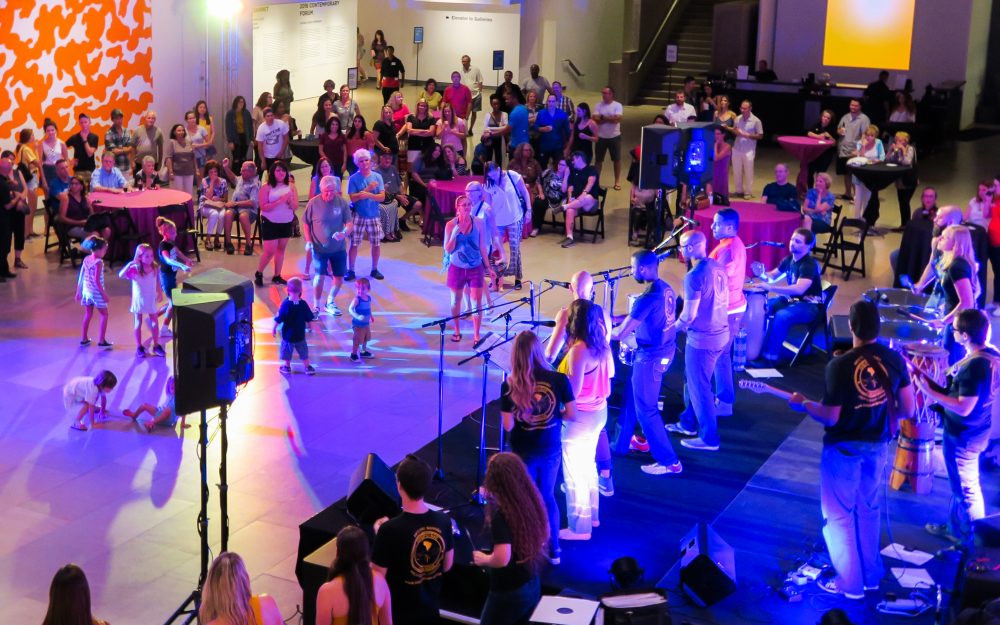Sharma’s Darshan series began as a multiyear, crowdfunded project through the online platform Kickstarter and aimed to photographically re-imagine the experience of encountering Hindu deities in temple settings. The project, which required the cross-continental organization of a large team of models and craftspeople, garnered her wide critical acclaim. Each photographic scene in the series was created without digital manipulation.
In Expanding Darshan, Sharma’s intricate photographic portraits from her Darshan series are paired alongside historical sculptural objects from the collection of the Birmingham Museum of Art, many of which are on view to the public for the first time. In uniting these works from the 7th through the 20th centuries with Sharma’s contemporary images, the exhibition creates a dialogue about the long, inextricable relationship between art and religion, while introducing viewers to nine of the most significant deities of the Hindu pantheon and the concept of darshan—seeing and being seen by the divine.
